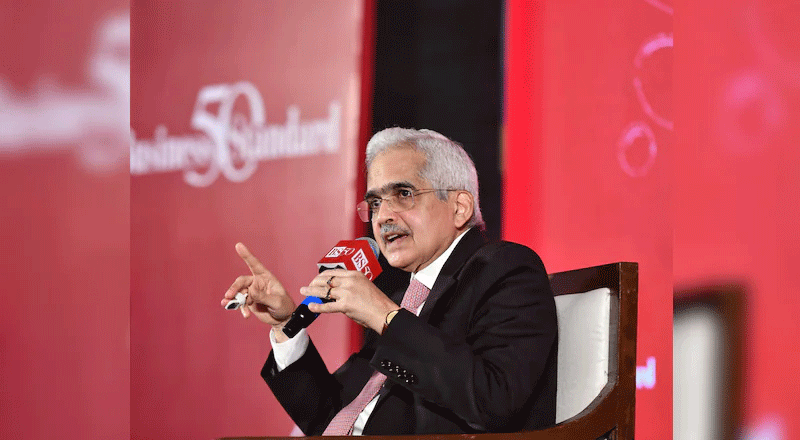Despite facing extreme heat wave conditions since mid-May, the Northern Region of India successfully met its highest ever peak power demand of 89 GW on June 17, 2024. This remarkable achievement underscores the resilience and efficiency of the region’s power management systems, which have been under significant stress due to soaring temperatures.
The unprecedented demand was managed by importing 25 to 30% of the Northern Region’s power needs from neighboring regions. Utilities have been advised to stay on high alert and minimize forced outages of equipment to maintain continuous power supply. According to the India Meteorological Department (IMD), the heat wave conditions in North-West India are expected to ease starting June 20.
Comprehensive Measures to Address Power Demand
To ensure adequate power availability across the country, the Ministry of Power has implemented several strategic measures to meet the peak demand, which is projected to reach 250 GW during the ongoing summer season. These measures include:
- Operation of Imported Coal-Based (ICB) Plants:
- Directions have been issued under Section 11 of the Electricity Act, 2003, for ICB plants to provide continuous generation support during this high-demand period.
- Maintenance Scheduling:
- Planned maintenance of generating units has been minimized.
- Efforts are being made to reduce partial and forced outages to maximize generation capacity.
- Units under long-term outage are being revived to ensure maximum power output.
- GENCOs Advisory:
- All generating companies (GENCOs) have been advised to maintain their plants in optimal condition to ensure full capacity availability and optimal operation.
- Coal Stock Maintenance:
- Adequate coal stocks are being maintained at coal-based thermal stations to support uninterrupted power generation.
- Hydro Stations Advisory:
- Hydro stations have been advised to conserve water during solar hours and maximize generation during non-solar hours to ensure power adequacy at all times.
- Gas-Based Power Plants Operation:
- Gas-based power plants have been directed to provide grid support under Section 11 of the Electricity Act, 2003.
- An additional 860 MW of gas-based capacity (non-NTPC) has been secured through competitive bidding for this summer.
- Approximately 5000 MW of NTPC gas-based capacity is on standby for immediate operation as per system requirements.
- Market Utilization of Surplus Power:
- Un-requisitioned or surplus power from generating stations is being offered in the market according to the Electricity (Late Payment Surcharge and Related Matters) Rules, 2022, and its amendments. This surplus power can be utilized by any buyer from the power market.
- Inter-State Power Tying:
- States can tie up power with other states having surplus capacity through the PUShP portal.
The proactive measures and strategic planning by the Ministry of Power have ensured that the Northern Region could meet its highest ever peak demand amidst challenging conditions. As the heat wave is expected to subside, these measures will continue to provide robust support to the power infrastructure, ensuring stability and reliability in power supply across the region.





